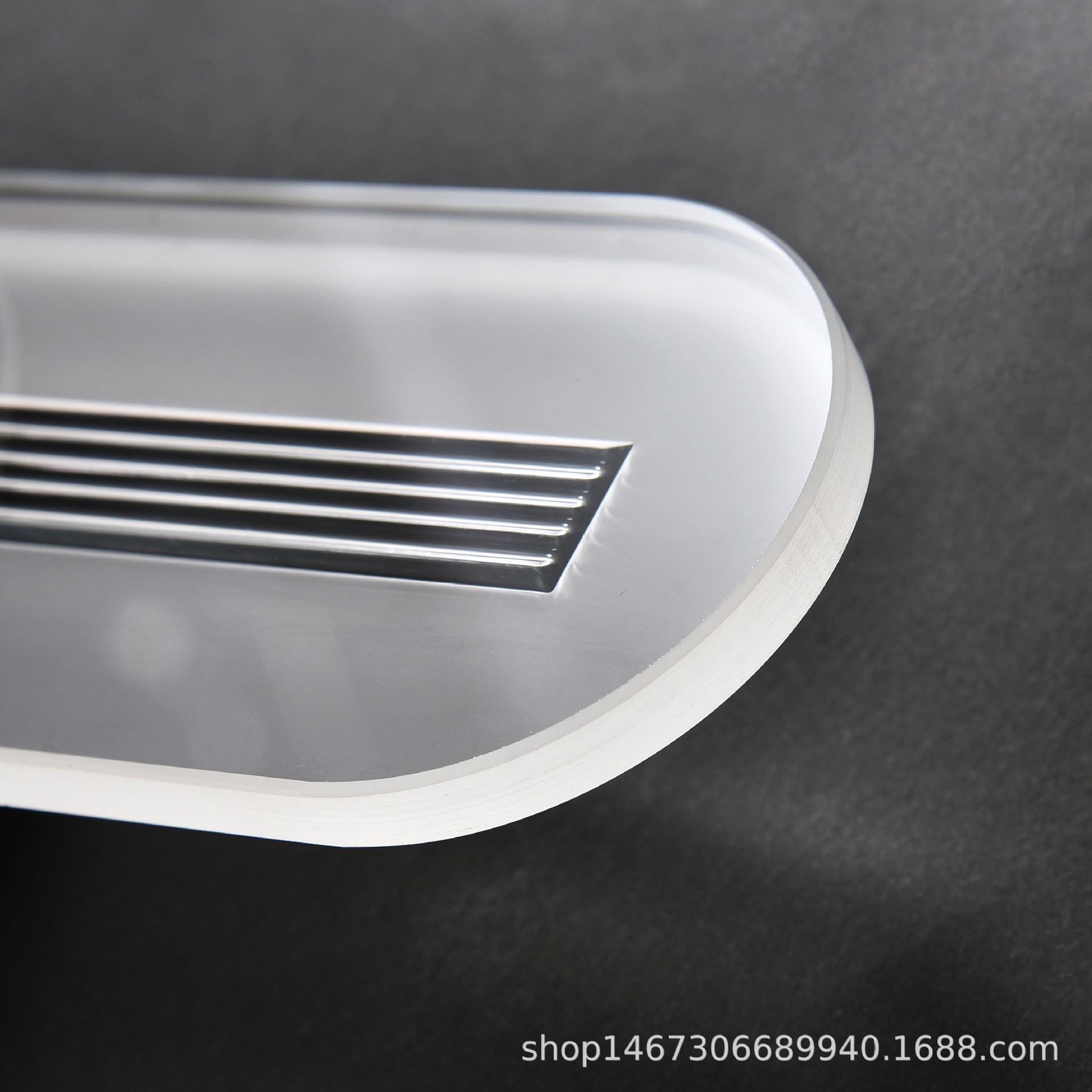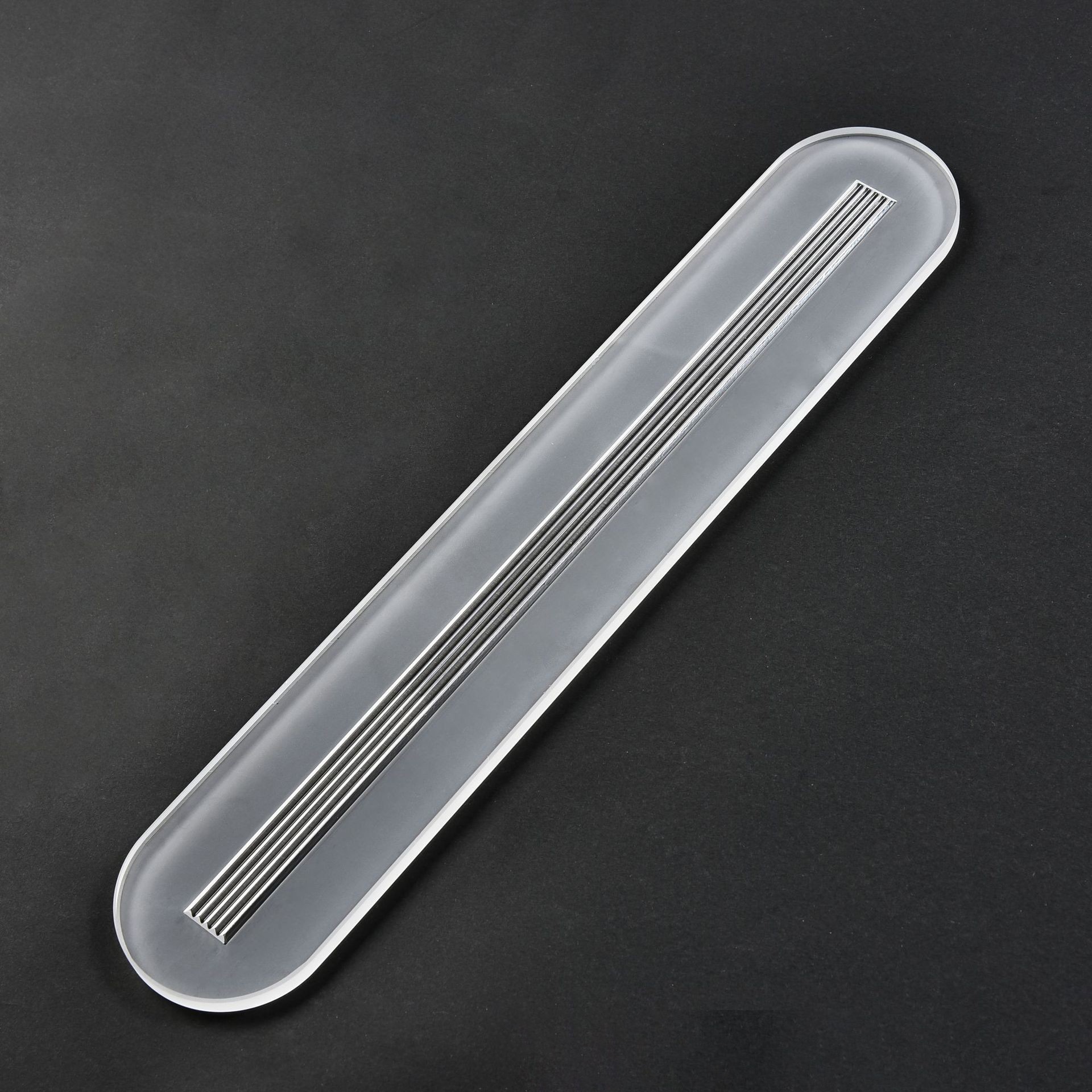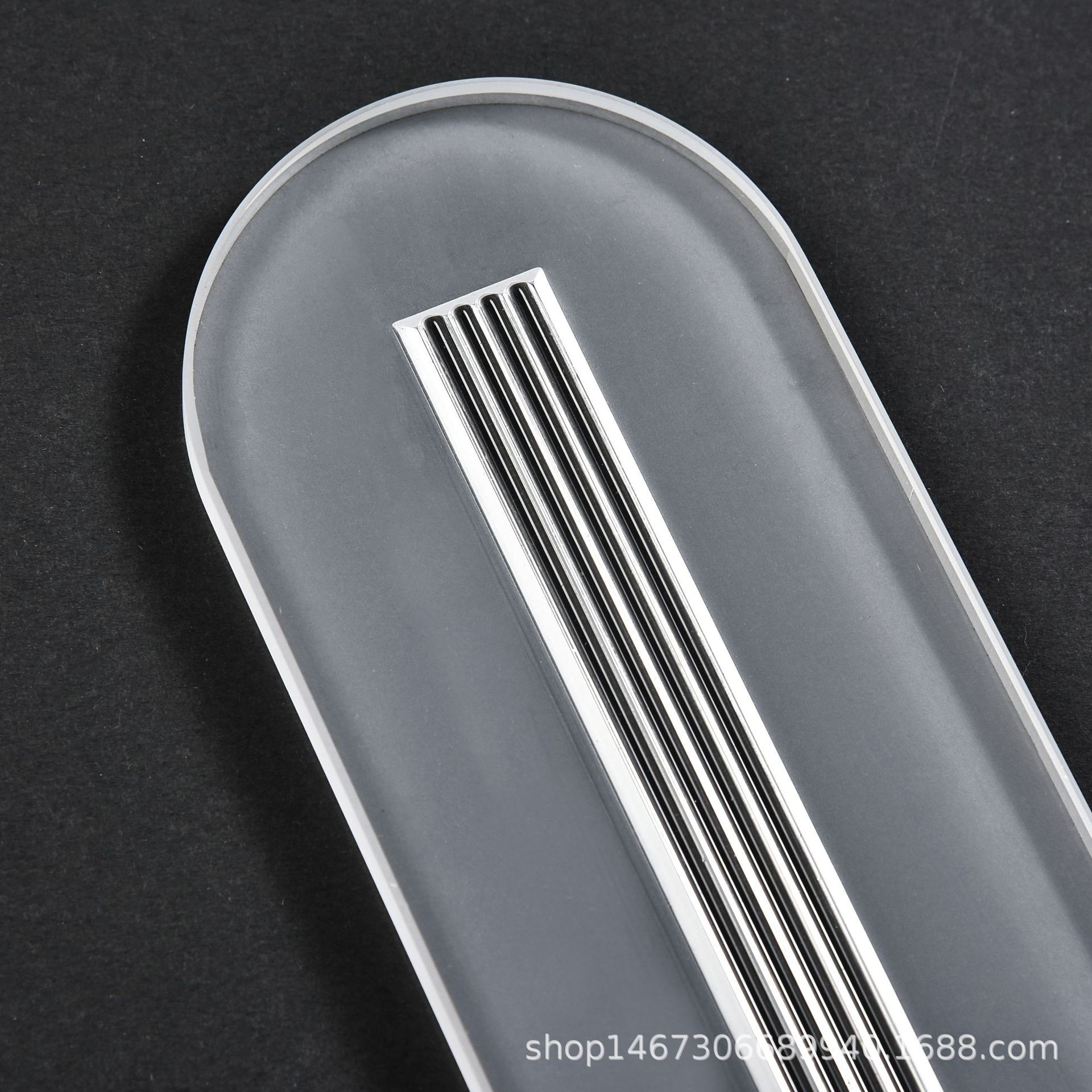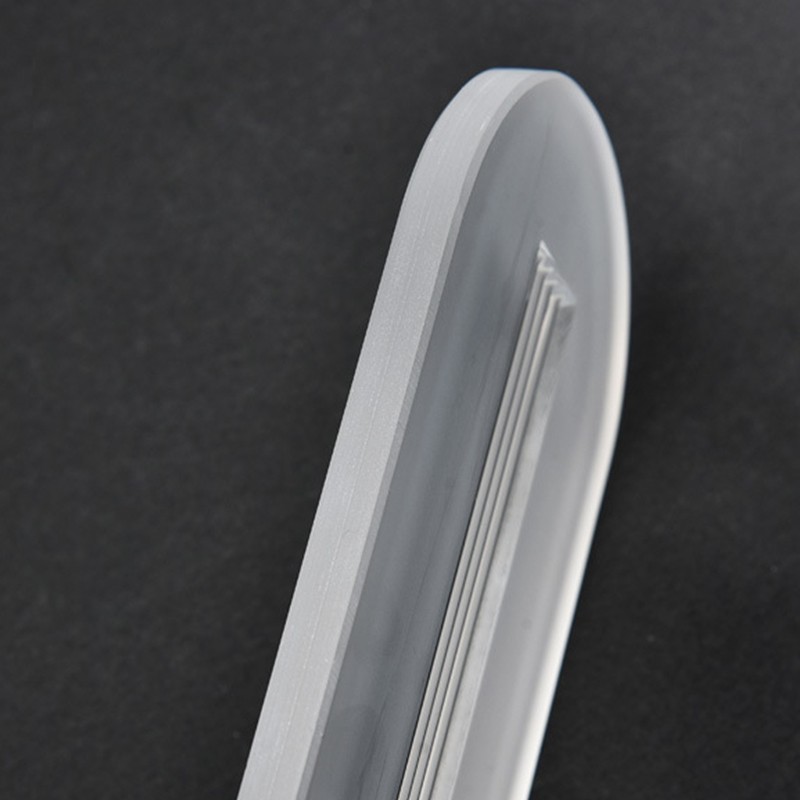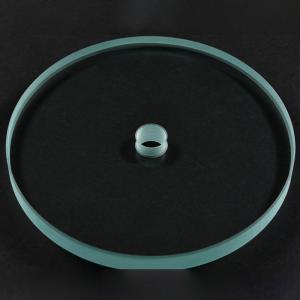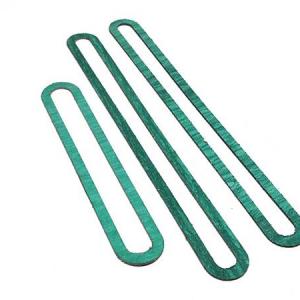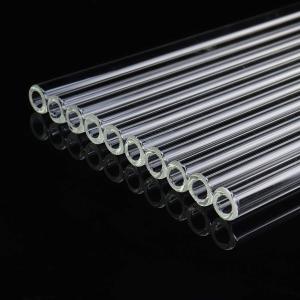Customize Reflex Level Gauge Glass
- Product Item : HSLJ-016
- Category: Level Gauge Glass
- Material:Borosilicate 3.3
- Standard:DIN7081
- Type:Reflex Level Gauge Glass
- SIZE:OEM/ODM SIZE
CUSTOMIZE REFLEX LEVEL GAUGE GLASS
also named
Reflex Gauge Glass,
Reflex Sight Glass,
Reflex Level Gauge Glass,
Boiler Glass And Reflex Level Gauge.
This one is Customize Type.
REGULAR REFLEX LEVEL GAUGE GLASS AS FOLLOWS:
A1 115*30*17mm B1 115*34*17mm
A2 140*30*17mm B2 140*34*17mm
A3 165*30*17mm B3 165*34*17mm
A4 190*30*17mm B4 190*34*17mm
A5 220*30*17mm B5 220*34*17mm
A6 250*30*17mm B6 250*34*17mm
A7 280*30*17mm B7 280*34*17mm
A8 320*30*17mm B8 320*34*17mm
A9 340*30*17mm B9 340*34*17mm
A10 370*30*17mm B10 370*34*17mm
Reflex level gauge glass is made from borosilicate glass and aluminosilicate glass. There are grooves on the side of the glass surface facing the medium. Generally, the number of grooves is 3 or 4.It is used in industrial boiler level gauges to display and read the level. The groove makes the reading more clearer. Called sight glass and reflex sight glass, reflex glass will be finely ground, polished and toughened during processing to make it strong and transparent, and resist the erosion of the liquid in the boiler. The production process is strictly in accordance with the DIN7081 standard.
Several different industries, including oil, gas, and utilities, use level gauges to measure the amount of liquid in a vessel. One of the most important and widely used types of gauges is the reflex glass.
APPLICATIONS:
Up to 35 bar saturated steam, reflex glasses provide the optimum solution: they are corrosion resistant and provide an absolutely clear indication.
Reflex glasses can be used with all me- dia except steam at service conditions up to 400 bar or temperatures up to 400 °C.
PACKING:
Reflex gauge glasses are packed in individual cardboard boxes. In addition to the glass, each package contains a sealing gasket and Graphite gasket and forms a complete unit ready for installation.
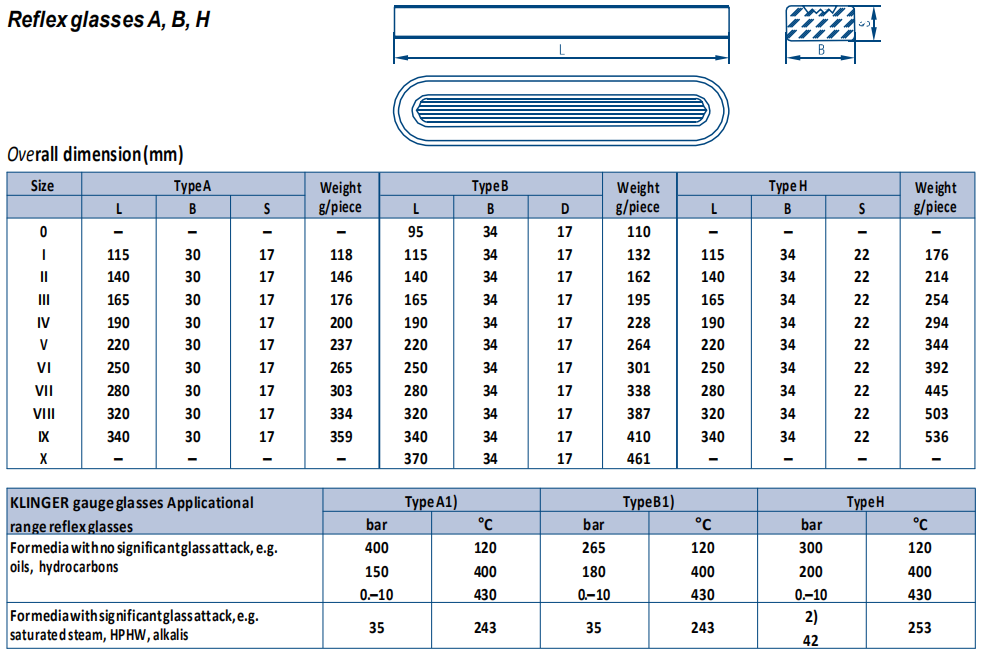
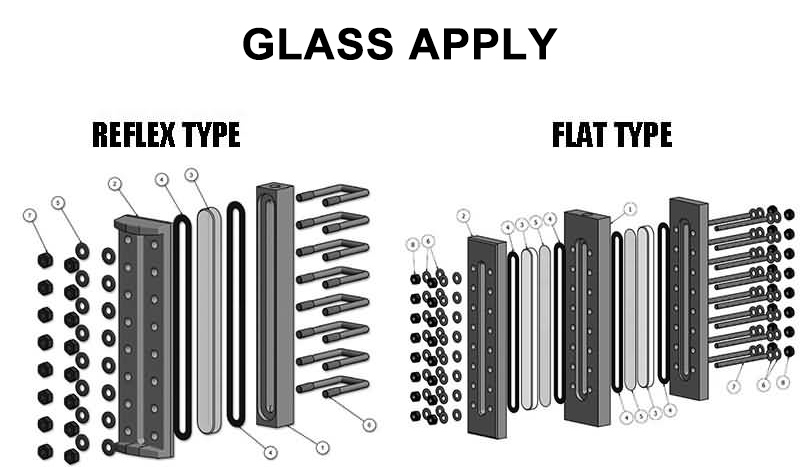
What Are Reflex Level Gauges Used For?
When you store or process a liquid, it’s important to monitor and maintain the liquid at a safe level.
A boiler is one example of a vessel that must be observed at all times through a boiler glass for changes in the water level. The reason is the water in a boiler is placed under extreme pressure and heated up to create steam. This steam is converted into heat for industrial complexes and many other types of buildings. But it can also pose an enormous danger if it gets out of control.
If the water level in the boiler gets too high, or even too low, serious problems can occur. Overflowing water can damage equipment and burn nearby workers. Low water levels can expose the boiler’s heating element and cause an explosion, which poses a huge safety risk for employees working in the area.
Reflex level gauges are used on boilers, as well as oil tanks and other vessels that hold liquid at a high temperature and high pressure. They indicate the level of the interior fluid so that if there is an imbalance, it can be corrected before disaster strikes.
Some gauges are not suitable for different types of liquid, but reflex glasses are highly versatile and are used to measure oil, as well as water and corrosive fluids.
How Does A Reflex Level Gauge Glass Work?
Reflex level gauge glasses use prisms and rays of light to measure the level of liquid in a container.
The glass’s exterior features prismatic grooves with a 90-degree section angle. These are essential for the reflection and refraction of light, as you will see below. The interior of the glass is divided between two zones: one for liquid and one for gas or vapor.
The gauge is constructed so that when light touches the glass, the prism bends it at a 45-degree angle. The critical angle for liquid/glass is always superior to 45 degrees. When the light hits the glass surrounding the liquid zone, the light refracts and is absorbed. Thus, the liquid zone glass looks almost black in color.
When light strikes the gas/vapor zone at a 45-degree angle, on the other hand, the rays are reflected back out. The reason for this is that 45 degrees is superior to the critical angle for gas/vapor. As a result, the glass encasing this zone emits a bright silver light. For this reason, the gauge does not need to be illuminated by a lamp during the day.
The stark difference in color and brightness between the two zones allows the observer to easily monitor the liquid level in the vessel.
What Should I Look For In A Reflex Glass?
If you’re interested in purchasing a reflex glass, you should make sure it adheres to international safety standards. Not only should it be manufactured from high quality tempered borosilicate, it should also be designed properly so that it can fulfill its prismatic function.
Below are three things you should look for in a reflex glass.
1. Manufactured In Accordance With DIN 7081
Sight glasses of all types, including reflex gauges, must be manufactured in accordance with DIN 7081. This is the standard established by the German Regulatory Institute, or DIN in German. It ensures that the glass meets several regulations, including dimensional parameters, resistance to pressure, chemical composition, the characteristics of the reflector prisms, the parameters of tolerances regarding parallelism, and required acceptance tests.
In summation, a reflex glass that adheres to DIN 7081 is the safest option for you to purchase.
2. Resistant To High Temperatures
Your reflex glass should be resistant to high temperatures, at least up to 280 degrees C. If you need it for a vessel that reaches higher temperatures than 208 degrees C, you should look for reflex glass that is reinforced with mica shields. The mica shields protect it from breaking under the strain of extreme heat.
3. Made With Tempered Borosilicate
Make sure that your reflex level gauge is made with tempered borosilicate glass. By itself, borosilicate is strong, but the tempering process made it even sturdier and less prone to breaking. It is essential that your reflex glass does not break under the high temperatures and pressures you subject it to.
KEBAK’s Reflex Level Gauge Glass Is The Perfect Solution
KEBAK’s reflex level gauge glass is the ideal gauge for your vessel. It adheres to DIN 7081 regulations, is resistant to consistent high temperatures up to 280 degrees C, and is made with tempered borosilicate. It is durable and resistant to cracking, and it will help you take an accurate reading of the liquid levels you need to maintain.
CATEGORIES
LATEST NEWS
CONTACT US
Name: Edward Lee
Mobile:0086-18830831810
Tel:0086-18830831810
Whatsapp:008618830831810
Email:info@lingjiekeji.com
Add:ROOM 718-722,RONGCHUANG BUILDING,TAOCHENG DISTRICT, HENGSHUI CITY, HEBEI PROVINCE ,CHINA,053000


